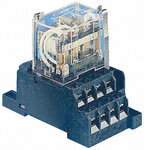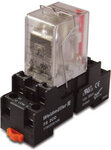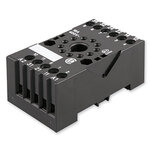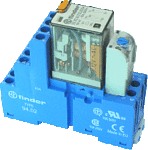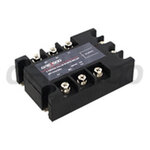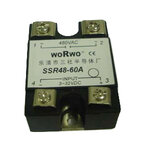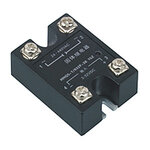danishdeshmuk
Advanced Member level 1

Difference between relay & contactor ?
When we should use relay ?
In what circumstance we should prefer contactor over relay ?
When we should use relay ?
In what circumstance we should prefer contactor over relay ?




